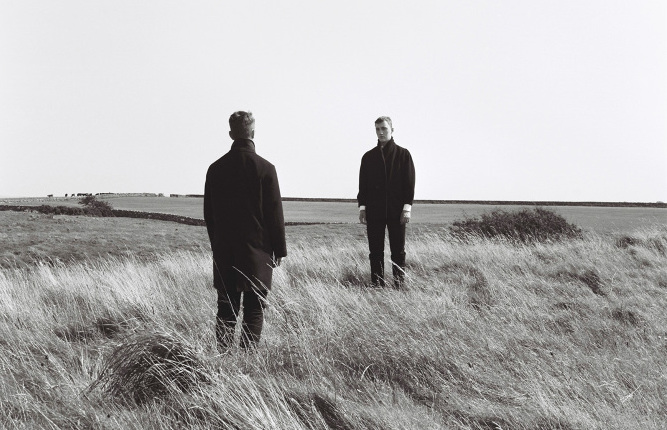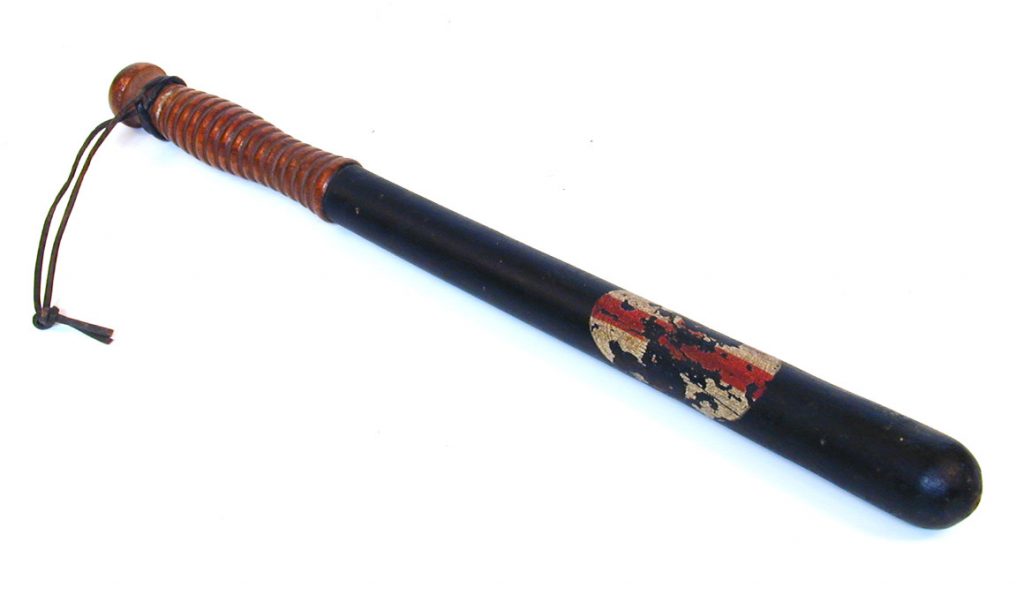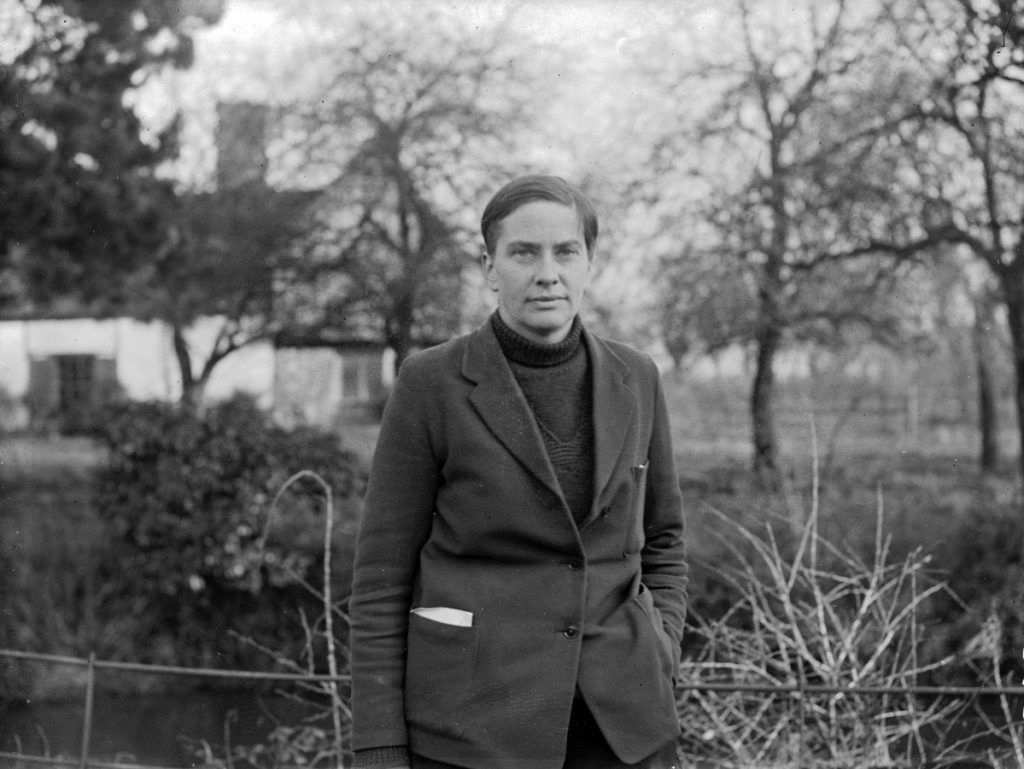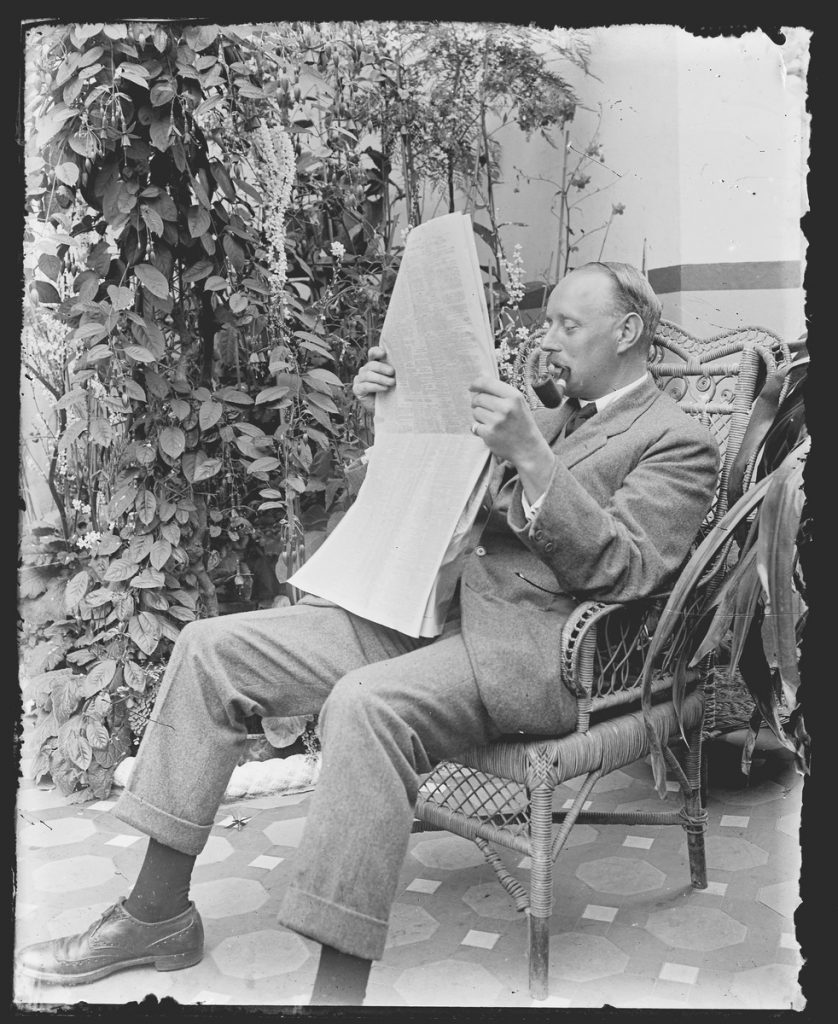Uncovering LGBTQ+ rural histories in archives
Join The MERL’s Collections Researcher Tim Jerrome as he shares the challenges he faced in finding the lives and stories of LGBTQ+ people in our archive for our July 2021 exhibition: Queer Constellations.
Please be aware that this post contains terminology used to describe LGBTQ+ people in the past, and may be offensive or upsetting to some readers.
Research into LGBTQ+ histories tends to focus on the urban sphere. This work is challenging enough, due to the hidden nature of individual sexualities and gender identities in the past. However, evidence does exist for LGBTQ+ spaces in cities, as well as the history of LGBTQ+ activism, and so researchers have been able to record the culture and activities of LGBTQ+ urban communities.
Throughout the course of my research to try and uncover the lives of everyday rural LGBTQ+ people for our latest exhibition, Queer Constellations, I have discovered that even greater challenges exist for those looking for such stories in the countryside. Hopefully, this blog will provide an enlightening look into the obstacles that any budding researcher in this field can expect to face. And I should make it clear from the start that doing such research is absolutely worth it. Each LGBTQ+ rural history we uncover is enormous step forward into a barely touched topic.

Scant evidence in archives
The first point worth raising is both the most obvious and serious barrier to research (and not one that is limited only to rural history). Until 1967, male same-sex relationships were illegal, and gender transition was not legally recognised until 2004. Whilst lesbian relationships have never been against the law, they were heavily stigmatised until the latter half of the 20th century. As a result, people in the past were typically not open about being LGBTQ+, even in their personal archives. Whilst same-sex couples would send letters to each other, these were often destroyed upon receipt, or at least well before making it to an archive. Correspondence was a common form of evidence used by prosecutors against LGBTQ+ defendants, as was the case with the trial of Oscar Wilde.

This raises an interesting question about archives which are seemingly vacant of LGBTQ+ histories, including our own at The MERL. Is it really true that these stories simply aren’t present because the material was destroyed for self-preservation? Or could it be that relevant material has not been catalogued in a way that makes it discoverable for LGBTQ+ research? Or are we, as researchers, simply searching for the records in the wrong way?
This lack of evidence is exacerbated for rural histories. People living rural lives were often geographically isolated and could not find like-minded LGBTQ+ people to socialise or enter relationships with. Without these relationships, it is very difficult to find evidence that individuals were LGBTQ+ at all.
Speculation: necessary or dangerous?
When proof of LGBTQ+ rural lives is so scarce, many researchers are inevitably led down the path of speculation in their quest to discover these histories. Some will point to census records showing two men or two women living together for decades, and assume that a romantic relationship must have existed between the two. But can we know this for sure? And even if we do have sufficient evidence to prove a same-sex relationship, is it ethically correct to do so, outing someone who was not out in their own lifetime?
The case of Eve Balfour (16 July 1898 – 16 January 1990) is an excellent example of this issue. Balfour was one of the first women to study agriculture at the University of Reading, our parent organisation. She went on to play an essential role in the development of organic farming, and in the 1940s was a founder of The Soil Association, which remains a nationally important organisation dedicated to organic farming and nutrition. It is a well-established fact that Balfour lived with dairying professional Kathleen Carnley for fifty years. The two appeared inseparable and toured together extensively, including a three-month journey through the USA. Although this seems to suggest a relationship, Balfour was not openly gay. If she and Carnley were in a relationship, it was not public.

One potential research avenue, particularly when considering transgender histories, is to look into historical reports of cross-dressing. These are quite common in newspaper articles, and can be found with searches such as ‘woman in disguise’. However, it is very difficult to be certain that these reports relate to a transgender individual. They may instead be a person in drag, or someone cross-dressing for economic purposes. It was not unheard of for a woman to dress in typically male clothing as a way of attaining higher wages.
Many academics tend to accept that some speculation is inevitable in this endeavour. But caution must be exercised.
Troublesome terminology
The vast majority of terms used to describe LGBTQ+ people throughout history are now deemed to be slurs. They are also symbolic of the systematic oppression LGBTQ+ people faced in the past. Two common examples are the terms ‘buggery’ and ‘sodomy’. Unfortunately, these terms are a researcher’s best tools for finding records of gay men in archives, as they were the most frequent criminal charge levelled against same-sex couples. Lesbian relationships can be found with terms such as ‘tribade’ and ‘sapphic’ but are typically less searchable. Repeated exposure to these terms can prove stressful and upsetting to researchers.
As someone who is both LGBTQ+ and an archivist, this sparks something of an internal conflict. Archivists are traditionally attached to the principle of archival neutrality; the idea that we should not make moral judgements about the records we hold, and simply present the past exactly as it was. Unlike some modern thinkers, I believe neutrality should still be important to archivists. By making records with challenging terminology readily available, we allow researchers to track histories of oppression which help form the identity of communities in the present day. Yet at the same time, we are all still human, and these words can have traumatic connotations. Moderation is key. And for the archivists, contextualising the language is essential.
Attempts to protect researchers from this terminology, though done with the best intentions, can obscure LGBTQ+ histories. This is something I have experienced first-hand. A few years ago, I conducted a survey of UK archivists to gather their experiences with offensive terminology. More than one respondent was distressed because their institution was preventing them from including the terms in their online catalogue. Put simply, the institution did not want to be associated with the terms in any way. As a result, the records could not be accurately searched by users. They remained hidden and unused.
Terminology presents an added challenge to research regarding LGBTQ+ people in the country, particularly on farms. The terms ‘buggery’ and ‘sodomy’ were not used only for convictions of gay men, but also for those prosecuted for bestiality. Though this was certainly not commonplace in the countryside, it was almost non-existent in cities, making this less of a concern for urban scholarship and forming an additional complication for rural research.

Are criminal archives the only route?
Knowing how to search archives is important, but knowing where to search is just as crucial. Criminal archives are arguably the most consistent source of finding details on LGBTQ+ people in the past, particularly gay men. The Broken Futures project has made excellent use of Berkshire Criminal archives as a basis for telling these narratives, and recently created an online exhibition at The MERL exploring these, Rural Queer Lives in Berkshire Criminal Archives 1861-1967 . And one potential solution for finding same-sex relationships is to look for convictions of two men at once, which almost always suggests a relationship.
Yet, using criminal archives alone is not always ideal. One risks depicting these men as merely a conviction with no life or history beyond their punishment. To counteract this issue, Broken Futures’ work incorporated genealogy research across online resources, which enabled them to enrich their depiction of individuals’ stories with details such as family and occupation.
Another potential avenue is archives of activism. These are an excellent tool for mapping the fight for equality, and shed light on the lives of the ordinary people who were part of this struggle.
Other formats of archival records have potential, such as health, death and divorce records. However, some particularly fruitful routes are entirely cut off for those researching rural histories. For example, in urban environments, records of police raids of LGBTQ+ clubs provide an insight into the type of spaces LGBTQ+ people gathered in. These types of records simply do not exist for rural communities because these spaces were exceptionally rare. Many rural villages had a single pub, and this would typically not be a shared space for LGBTQ+ residents.
Beyond these, researchers are required to cast the net as widely as possible, and delve into resources like newspaper archives. While these are invaluable for finding histories of LGBTQ+ people in specific places, notably rural villages, they share an issue with genealogy archives. Both tend to be subscription based. The cumulative costs involved can become prohibitive for independent researchers.

Beginning your research
Though it may seem that this blog has offered more questions than answers, it is important that researchers aspiring to uncover LGBTQ+ histories are aware of the challenges ahead. And it is okay to struggle! Sometimes, searching for these stories in a non-specialist archive can seem almost impossible. But it is highly rewarding work. Each researcher who takes up the challenge becomes a pioneer in this extremely important field.
If you are unsure where to start, I would thoroughly recommend Norena Shopland’s Practical Guide to searching LGBTQIA Records. It aided me immensely throughout the creation of the Queer Constellations exhibition.
Queer Constellations, running at The MERL throughout July 2021, explores stories of artistic trespass and queer history and experience in rural contexts. Find out more about the exhibition and how you can visit, or view our online exhibition, Queer Constellations: Histories of Rural Gay Men, exploring stories of rural gay men in the 18th and 19th centuries.

6 thoughts on “Uncovering LGBTQ+ rural histories in archives”